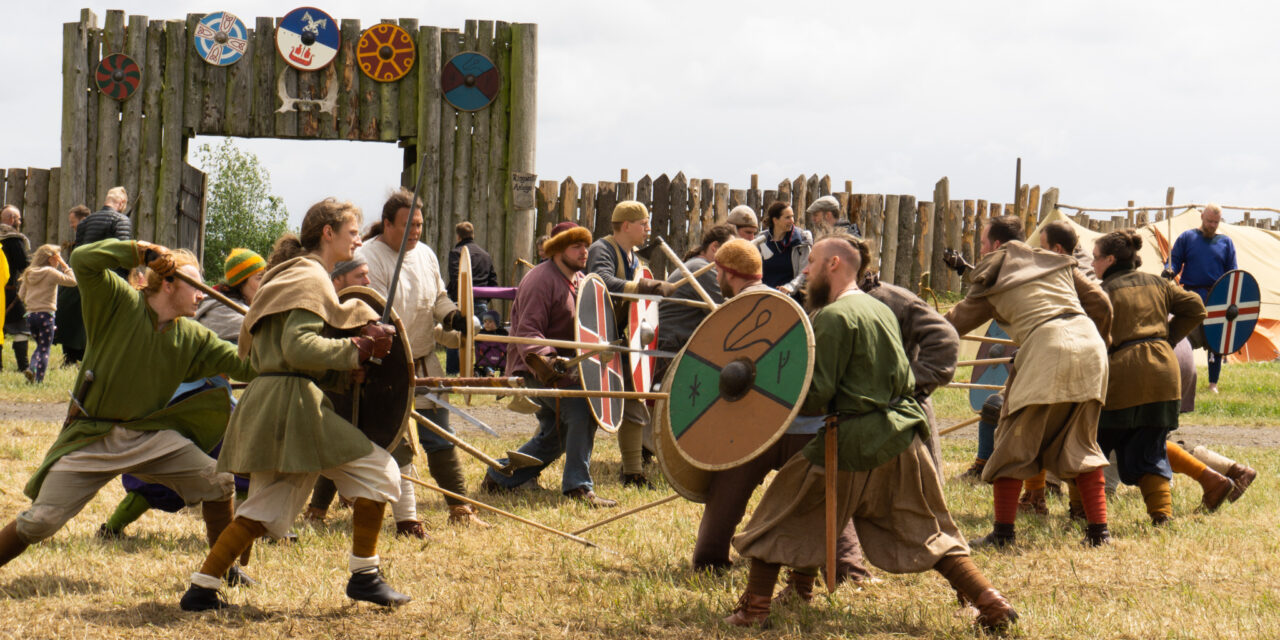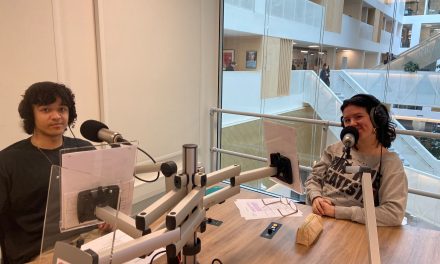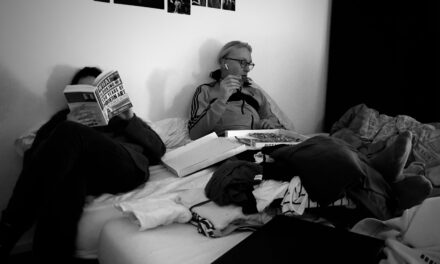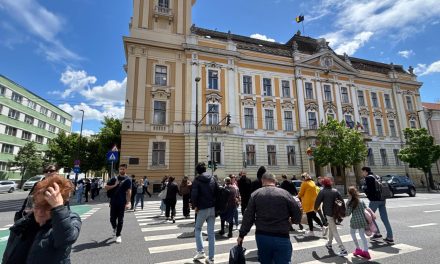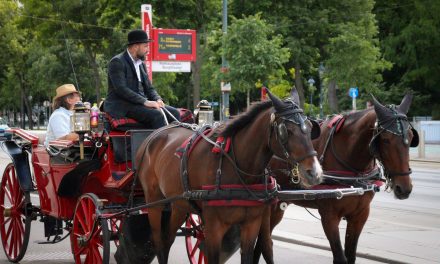Viking culture is becoming more and more popular worldwide. Movies, tv-shows, games and comics about the Norsemen are made in abundance. But what many people don’t realise, is that the Vikings were not only native to Scandinavia. They also had an important settlement in what is now North Germany.
Made by: Lena Gildemeister and Benthe Hoogstraten
North Germany is the region of Schleswig-Holstein, including Hamburg, and its Northern border to Denmark. This border has a history of fluctuation. Conflicts between the Danish- German population increased in the 20th century. Following these conflicts, a democratic vote was held to establish the nationality. The election ended in February 1920 with a majority of inhabitants voting to be part of Germany. From then on, Schleswig-Holstein is seen as Germany.
According to the council of Europe, the Viking Historical Route is a diverse and significant collection of places, tales, and traditions that illustrate the Viking legacy. The Vikings founded large communities and centres. Denmark’s most important trading centre was the port of Hedeby (German: Haithabu). It developed in size and prominence during the Viking age due to its location at crossroads of land and marine routes. The town was surrounded by walls that protected a network of lanes populated by merchants and craftspeople. They were under the king’s protection and supervision. The area of Hedeby was excavated in 1900 and the museum was opened in 1985.
Influence
The Vikings left a distinct imprint wherever they went. Examples include the surviving remains of their early law courts, known as “things,” in local place names, their effect on language and social systems, legacies of art and literature, and archaeological sites. Much of the Viking past is preserved in the form of intangible heritage, such as sagas, which tell the Vikings’ exploits and voyages. Director of the Hedeby museum, Matthias Toplak has a clear example of this: “If you look at the names of the days in Germanic languages, you can still see the influence of Vikings. Thursday is Donnerstag in German, coming from Donner which is thunder, from Thor. Friday is Freitag, coming from Freyja.”
Craftsmanship
Handcrafts were very important in the lives of the Vikings. They made nearly everything themselves, which was also a big part in their trades. The Norsemen used many different techniques for their crafts. Gold and silver played a big part. In the 6th and 7th century, the goldmines ran dry, and they had to create a special technique which used less silver and gold. They made moulds and used very thin sheets of the metals to achieve the same results, but with less materials. These handcrafts and goods are on display in the Haithabu museum, and are also still crafted in the old Viking ways.


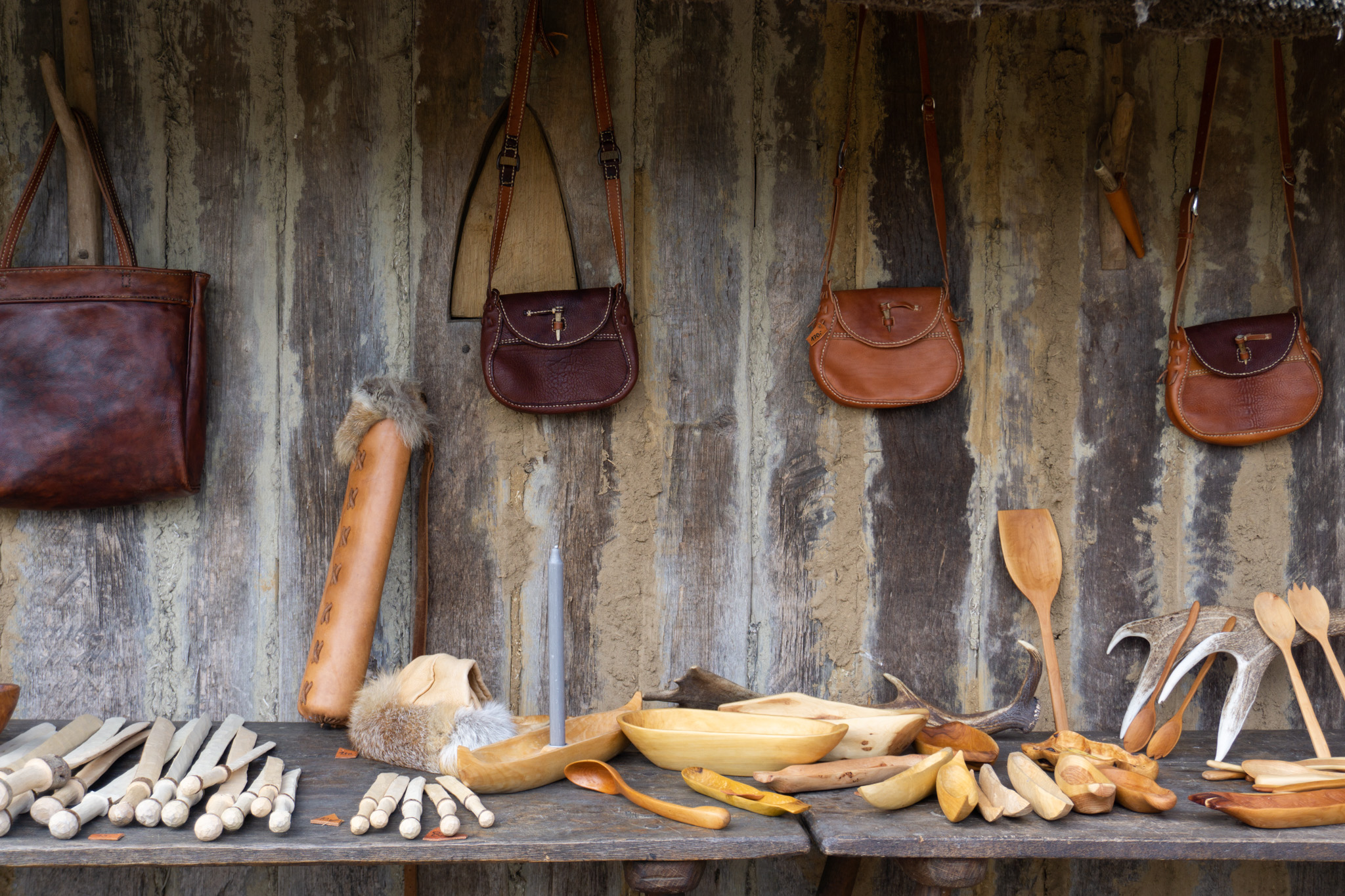
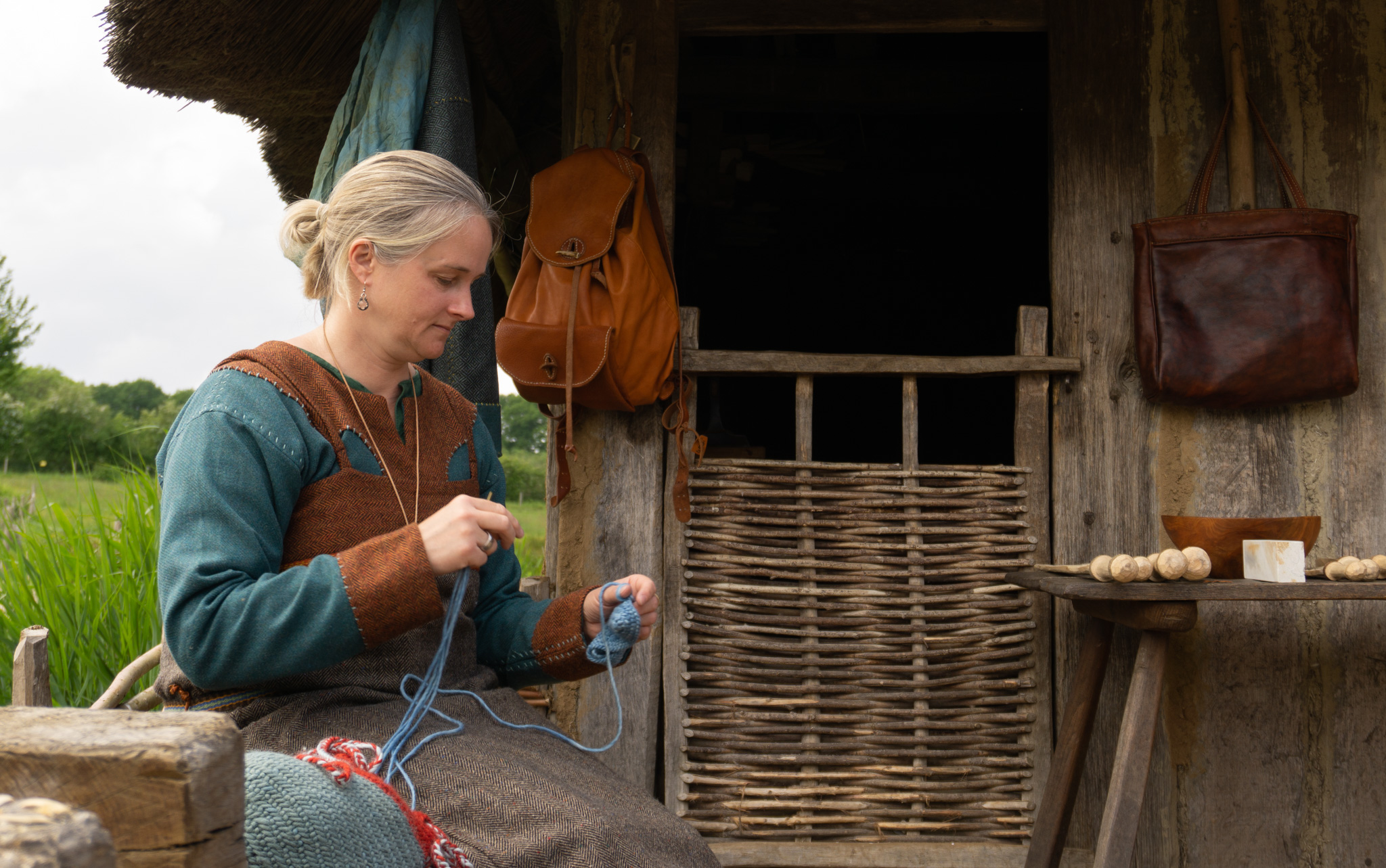


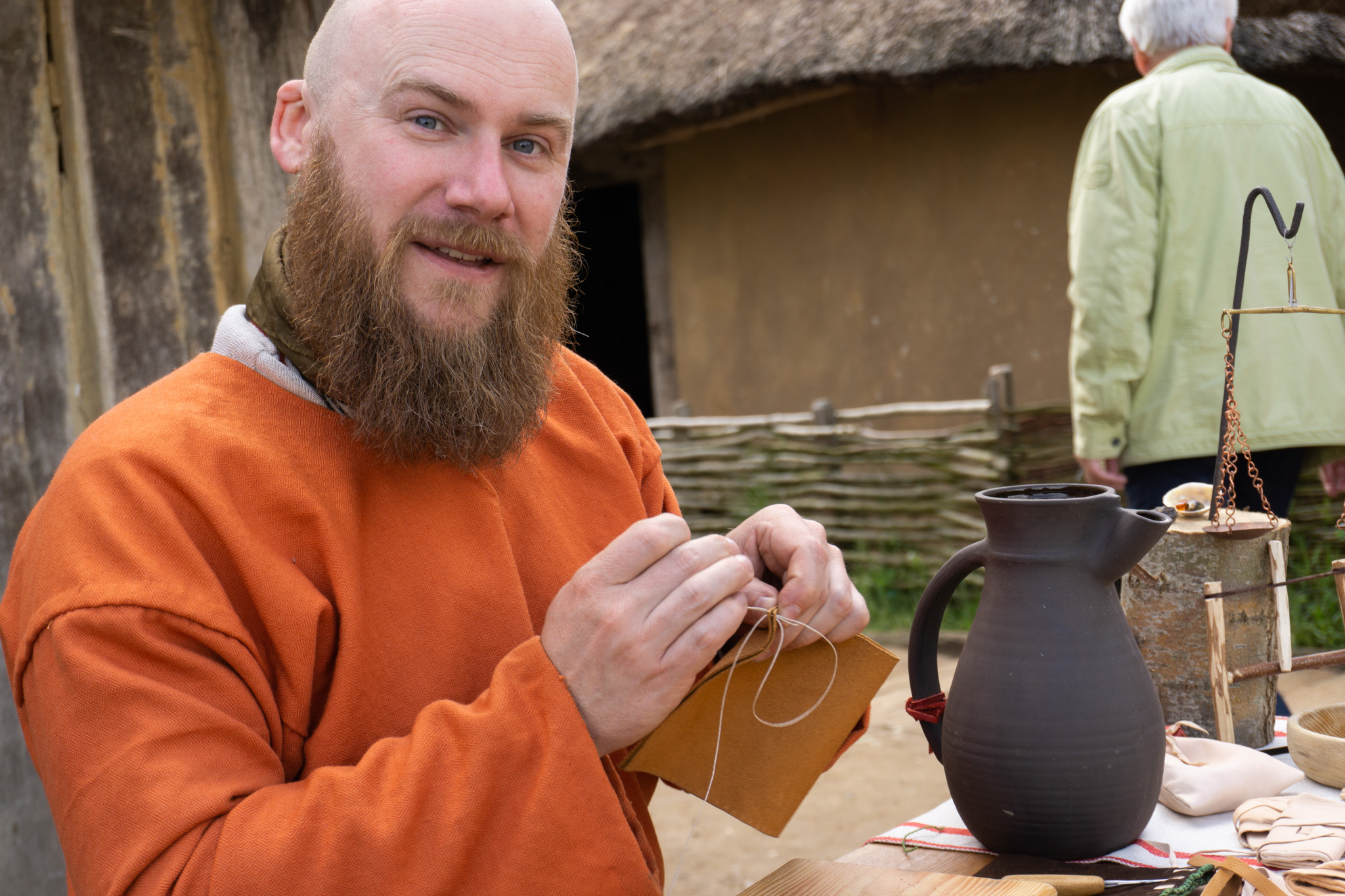


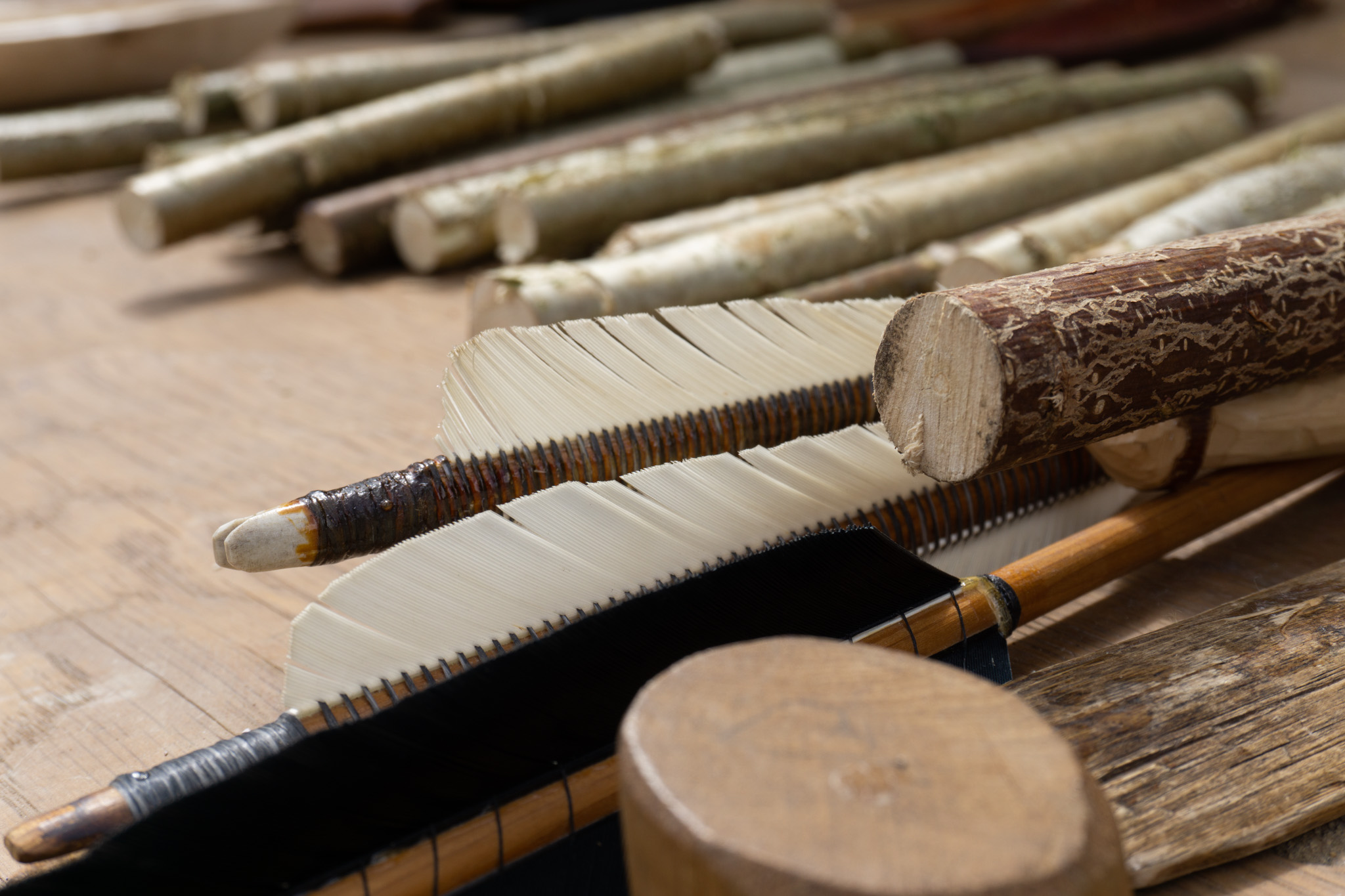


A popular Viking market happens annually in a small village called Jork, South of Hamburg. Here, replicas of historical finds are made, mostly of silver. These are being replicated with close collaboration with museums such as Hedeby. Silver became more essential in trade throughout the Viking period. Cut-up silver jewellery, ingots, and coins are frequently discovered. These were used to equalise the weight of silver in a transaction.
Furthermore, Vikings spun a wide variety of fibres and fibre blends to create garments, other fabrics, ropes, and even fishing lines. The majority of textile spinning was done with wool, although sometimes cow hair was spun to produce milk strainers, horse hair was spun to make fishing lines, and rabbit hair was blended with wool to make the cloth softer and warmer. Plant fibres were also employed in the production of clothes, ropes, and textiles such as tarps and sacks. To give the fibres strength, they had to be spun together. Spinning for textiles was typically done with a spindle stick linked to a whorl. The whorl consisted of a round disc with a hole in the centre. It gave the wooden spindle more weight, making spinning easier and faster.
Modern Vikings
As can be seen in modern day pop culture, Vikings are extremely popular. Marvel’s Thor movies do really well, the show Vikings on Netflix is super popular, and video games like God of War and Assassins Creed: Valhalla have really high ratings. For Matthias Toplak, this isn’t a surprise. “Something inside the concept of Vikings is still important today,” he says. “People seek adventure and freedom. With the internet and fast-paced world, people look for a way to escape the modern world, which they find in the Viking age.” This theory is also confirmed by Zygmunt Bauman, a polish philosopher. He stated that people often look back at history to find a happy place there, instead of in the present.
In North Germany, the fascination with Vikings is also clearly seen. There are many markets, festivals, and other celebrations of the culture. But these celebrations are not always historically correct. “Some things that people believe are part of the Vikings culture are what we’ve filled in ourselves,” Matthias explains. “For example, women that fought in raids. This has never been discovered or written about by the Vikings themselves. We saw a space where something was unknown, and filled it in, in the way that we preferred it.”
Role of the women
Women enjoyed varying degrees of personal influence in the male-dominated Viking culture, depending on their social rank. They had greater authority than most other European women in that period. They could divorce their husbands, own property, and sell their own handcrafts. Some became wealthy landowners, while others engaged in trade. They also looked after the family, prepared food, milked animals, stored food for the winter, and, most importantly, manufactured the family’s garments. Spinning, carding, and weaving all required time.
Burgfest
One big Viking celebration in North Germany is the Burgfest festival in Neustadt-Glewe, East of Hamburg. This festival started in 1993 and has been held annually ever since. People from all over Germany come here to celebrate the Middle Ages. The festival has a special focus on Viking culture, with a dedicated village.
Viking market Jork
Ralf Matthies is a craftsman and seller who participates in the Viking market in Jork, which is happening for the 14th time. Over 400 modern Vikings gather yearly in Jork- traders, craftsmen and fighters. Beowulf- the name of his company, comes from an anglo-saxon song about a mythical hero. His shop is in Schleswig, in the North of Germany, but he also sells his products on Viking markets. He thinks this market is historically accurate enough to participate in since he is very interested in the history and culture of the Vikings. For him, it is more than just selling things: “Together with my wife, I sell our products at markets, but we also find it important to relive the past and old traditions. A lot of people here have their own little traditions that are very similar to those from the Vikings.”

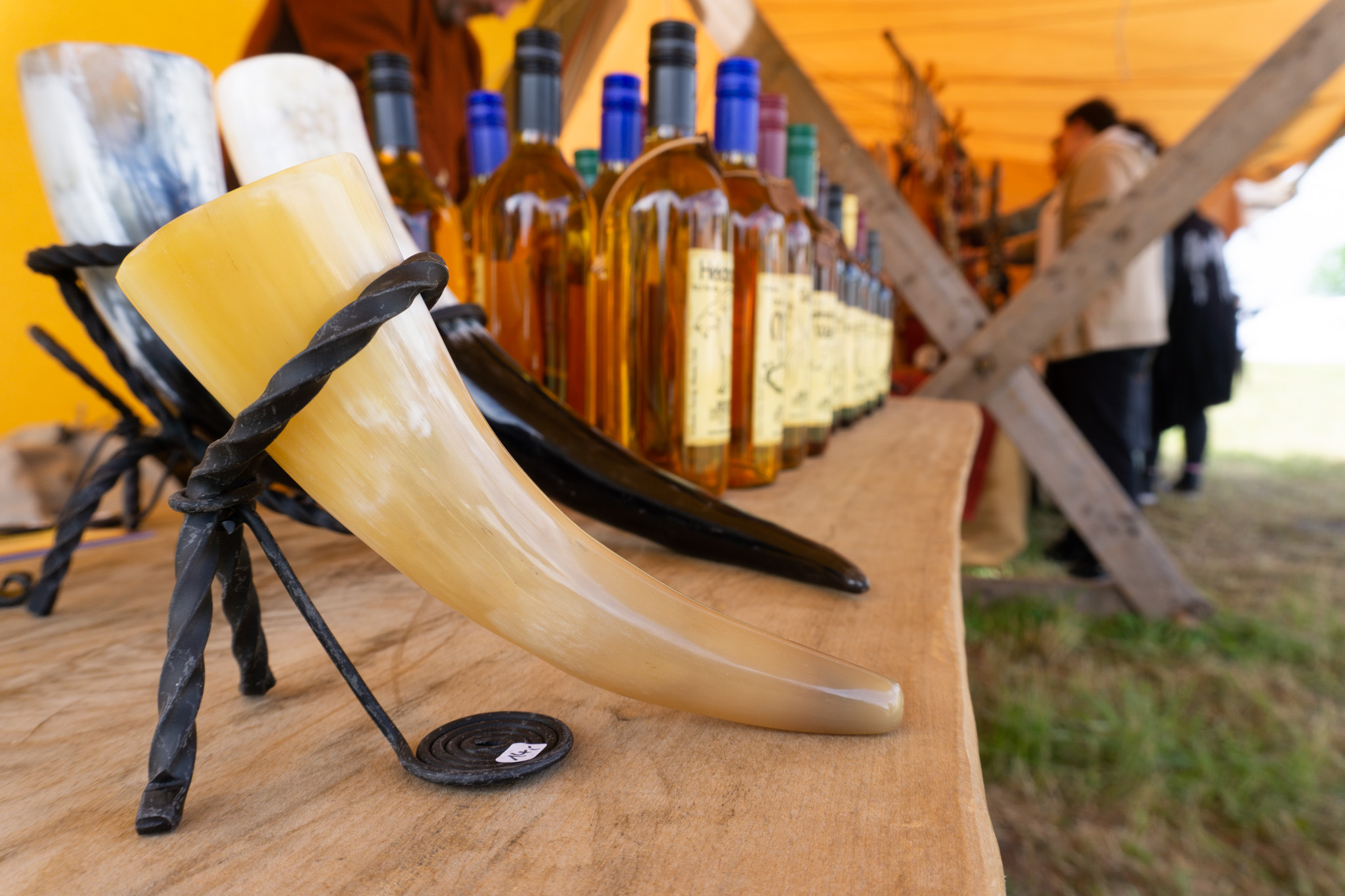
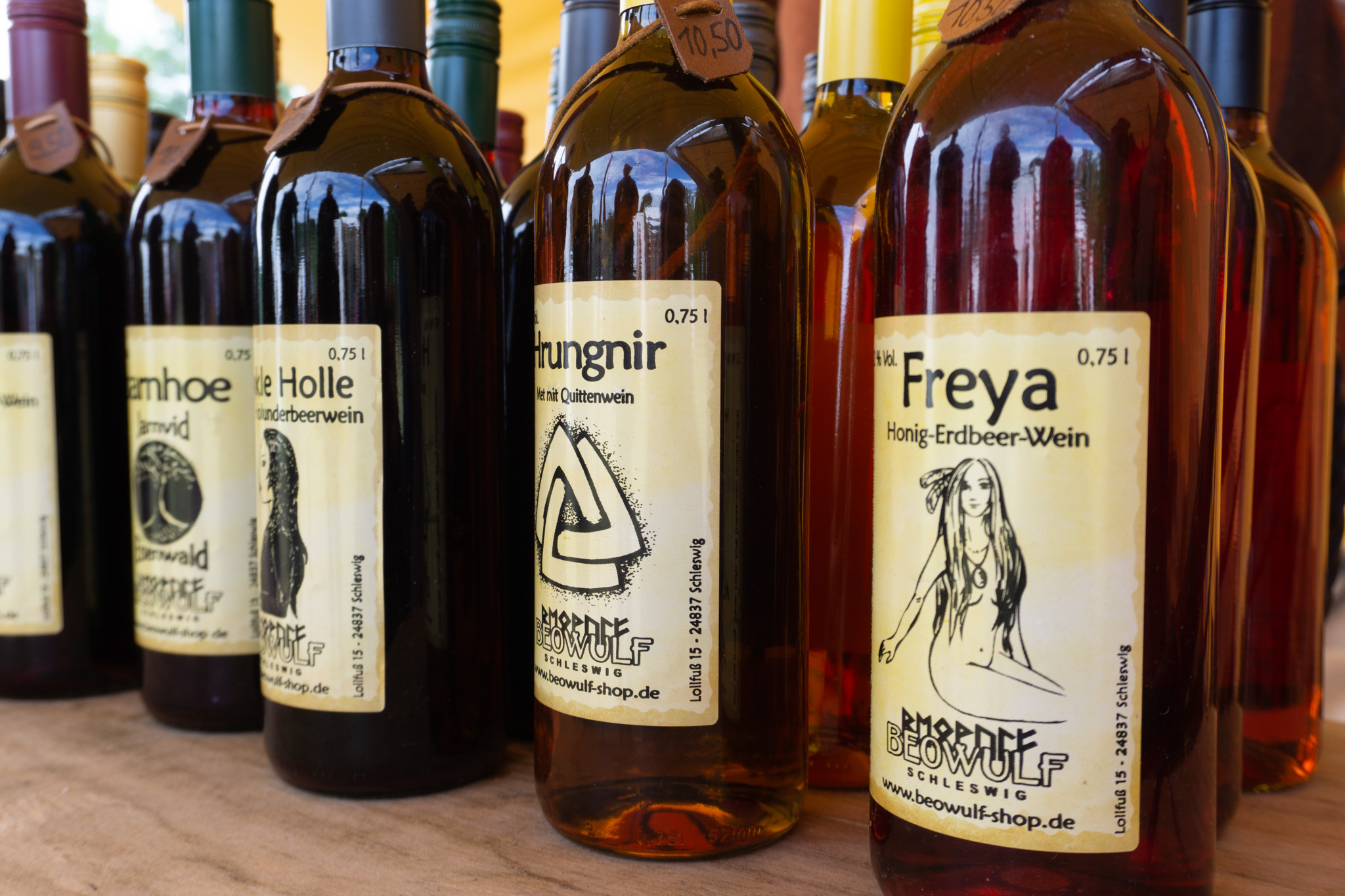




In his shop and at these markets, the Beowulf stand also sells mead. This is a traditional Viking drink that contains honey, water and yeast as the main ingredients. “Mead is used as a sacrifice for the Gods,” Ralf explains. “Nowadays, people spill some mead on a rune as an offering to the old Norse Gods. In the historic context, the drink was only made on rare occasions, because they needed the honey as a sweetener in the kitchen.”
Lastly, Ralf Matthiesen has his own view on what being a viking nowadays means: “You can view viking culture like a vase with missing pieces. If we want to pour in water- so if we want to reenact it -we have to make our own pieces to fix the vase. Only then we can relive Viking culture.”
